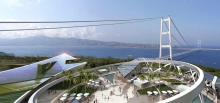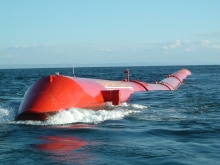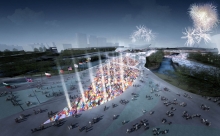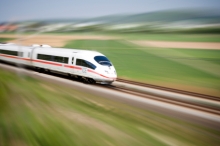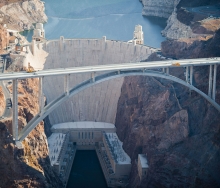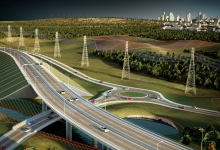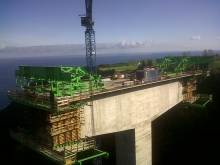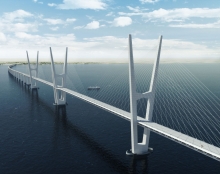Strait of Messina Bridge: Construction Will Begin on the World’s Largest Suspension Bridge
After centuries of consideration, a bridge to connect Sicily and the Italian peninsula is scheduled to begin construction in December.
For hundreds of years residents of mainland Italy and the island of Sicily have discussed the idea of a bridge that would connect the two bodies of land by spanning the Strait of Messina. However, because of the two-mile width of the strait, its depth, its current, and the fact that it frequently experiences tremors and earthquakes, a bridge seemed to be out of the question. Because of these issues, a ferry system was developed and used instead. Still, the idea of a bridge that could support both cars and trains seemed ideal for commuters.
